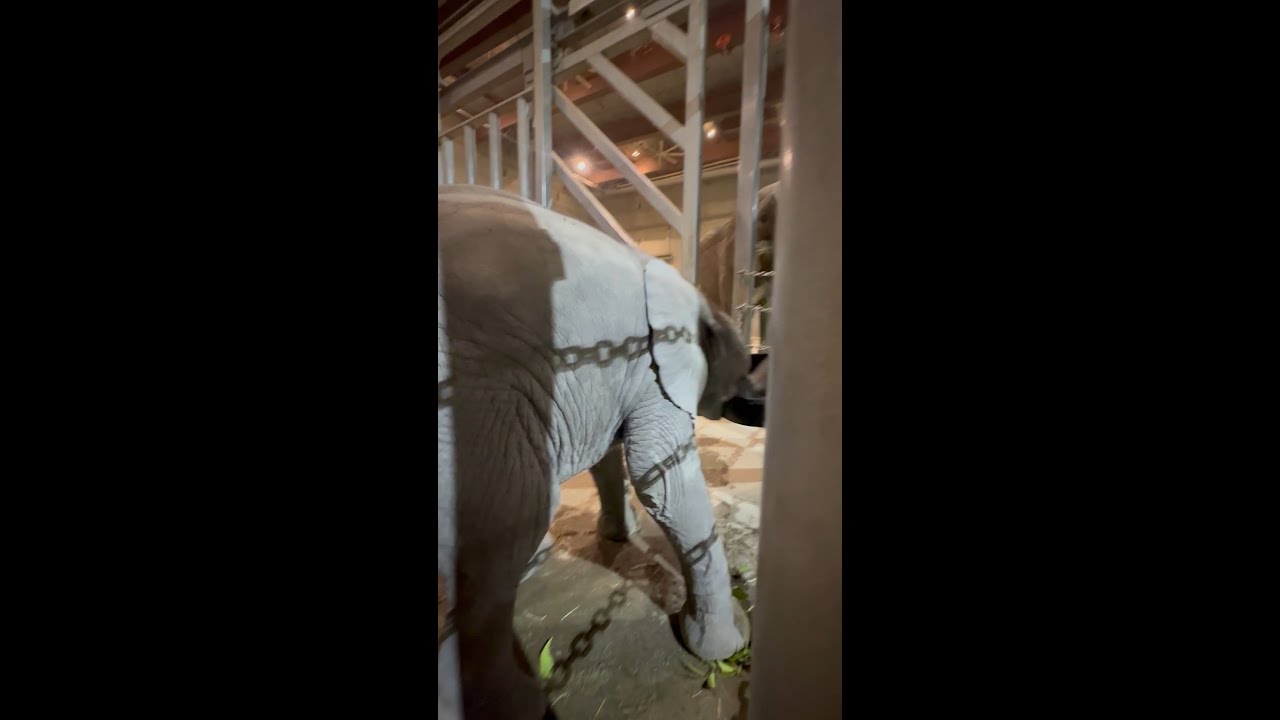- Understanding animal behavior and hydration needs within zoological environments.
- The significance of animal enrichment and welfare in zoo management.
- The role of wildlife conservation in enhancing biodiversity.
- Effective zoo management strategies to foster animal wellbeing.
- Challenges and solutions in maintaining optimal living conditions in zoos.
Providing insights into the behavioral patterns and physiological needs of animals in zoos is crucial for both zoologists and conservationists. A video titled “Someone was extra thirsty #shorts” brings to light an intriguing aspect of animal behavior, hydration. Understanding these attributes is essential for improving animal welfare and conservation efforts.
In zoos, animals are observed exhibiting behaviors that hint at their hydration needs. Just as in the wild, hydration is pivotal for maintaining physiological balance and functional performance. Dehydration can lead to severe health complications, making it vital for caregivers to monitor water intake diligently. This requires a comprehensive understanding of each species’ natural habits and ecological backgrounds.
For instance, large felines from arid regions, such as lions, have adapted to consume moisture through their prey, while species like hippos spend extensive periods in water. Zoo environments attempt to replicate these conditions by offering tailored hydration solutions that cater to each animal’s natural preferences. This often involves innovative water features, dietary modifications, and environmental adjustments.
Beyond basic hydration, zoos also focus on the enrichment and welfare of their inhabitants. Enrichment involves creating stimulating environments that promote natural behaviors and cognitive engagement. Hydration-centered enrichment could involve interactive water dispensers or playful water streams that encourage physical activity and social interaction. These elements are pivotal not just for physical health, but also for psychological well-being.
Animal welfare within zoo management systems aims to address both physical and emotional needs. Conservation efforts are intrinsically linked to how animals are treated and viewed within these facilities. By showcasing the importance of hydration, "Someone was extra thirsty #shorts" inadvertently highlights a crucial aspect of welfare management. This has resounding implications for global conservation strategies, where resource availability to species in the wild is often fraught with issues of climate change and habitat destruction.
Conservation plays an indispensable role by using zoos as arks for endangered species, which can serve both educational and practical purposes. Zoos work with international organizations to implement breeding programs, reintroduction efforts, and research projects that aim to bolster dwindling populations. These proactive measures contribute to a greater understanding of species-specific needs which are often unnoticed in wild contexts.
For effective zoo management, it is crucial to focus on security, habitat customization, and health protocols. Comprehensive staff training is essential to ensuring each animal receives care reflecting their unique needs, including hydration strategies. Monitoring systems with real-time data collection help in adjusting care protocols based on observed behaviors and medical assessments. Such initiatives are important for maintaining an environment that mimics the wild, ensuring that animals not only survive but thrive in human care.
Animal hydration, though often overlooked, is a fundamental part of these strategies, serving as a marker for an animal’s overall health status. A well-hydrated animal is more likely to be active and interactive, enriching for both the animals and visitors. "Someone was extra thirsty #shorts" amplifies this perspective, encouraging discussions about enhancing aspects of zoo management practices.
Despite these advances, maintaining optimal living conditions presents persistent challenges. Climate variations, resource mismanagement, and unexpected health issues require adaptability. Zoos must balance public engagement with conservation and welfare goals, which often strains budgets and logistical capabilities. Collaborative networks among zoos globally help address these challenges by sharing resources, knowledge, and innovative methods.
In summary, “Someone was extra thirsty #shorts” grants a glimpse into the sophisticated interplay of behavior, welfare, and conservation. Understanding hydration needs is part of a broader endeavor to improve animal well-being in zoos. By enhancing environments and management practices, zoological facilities can not only educate the public but also play a significant role in global conservation and biodiversity preservation. The commitment to these objectives is reflected in a continuous endeavor to employ specialized knowledge, technical skills, and ethical considerations that together promote a future where animals continue to enrich our understanding of the natural world.
*****
Source Description
Someone was extra thirsty 😅 🐘 💕
📸: ZCS Jenna


